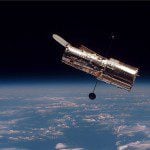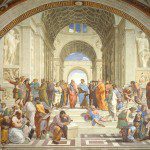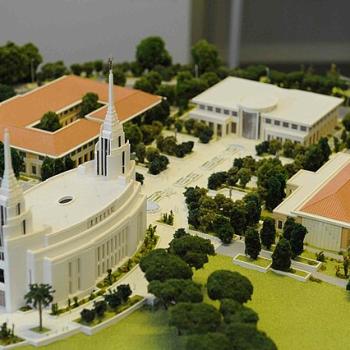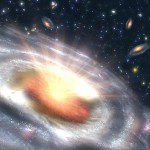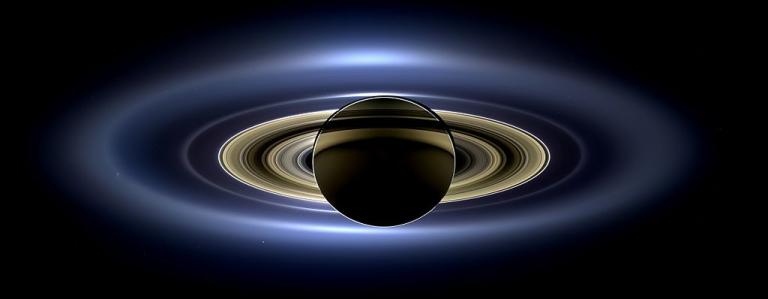
***
Some time ago, I began to read Carlo Rovelli, Reality Is Not What It Seems: The Journey to Quantum Gravity, translated by Simon Carnell and Erica Segre (Penguin, 2017). And then I mislaid the book.
Well, I came across it today, and I want to extract some passages from it that I marked earlier. I’ll eventually use them for other things, but, this way, I get double duty from them and I give myself an incentive to type them up.
Carlo Rovelli is an Italian theoretical physicist who has worked in both Italy and the United States and who, at least at the time the book was published, was the director of the quantum gravity research group at the Centre de physique théorique in Marseilles, France. His previous book for a popular audience, Seven Brief Lessons on Physics, was an international bestseller that was translated into at least forty-one languages beyond its original Italian.
Here are the first three passages that I’ve chosen to extract, two of them very brief and basic and the third perhaps not quite so much:
The more we learn about the world, the more we are amazed by its variety, beauty and simplicity.
But the more we discover, the more we understand that what we don’t yet know is greater than what we know. The more powerful our telescopes, the stranger and more unexpected are the heavens we see. The closer we look at the minute detail of matter, the more we discover of its profound structure. (xi-xii)
I have written [this book] to try to communicate the breathtaking beauty of the panorama of reality which can be seen from this perspective. (xiv)
Considerably later, on page 34, Rovelli briefly discusses one of Kepler’s laws describing the regular movements of the solar system. This one “relates the radius of orbit with period, namely, the time taken to complete an orbit.” Here’s how Rovelli puts it: “The square of the period of revolution is proportional to the cube of the radius of the orbit.”
I marvel at the genius of Kepler in discerning and describing orbital motions in this way. But I confess that I also marvel at the fact that humanly created mathematics is able to describe such things, and that — or, perhaps, because — they are rationally ordered. We ought, I think, to wonder at this.



